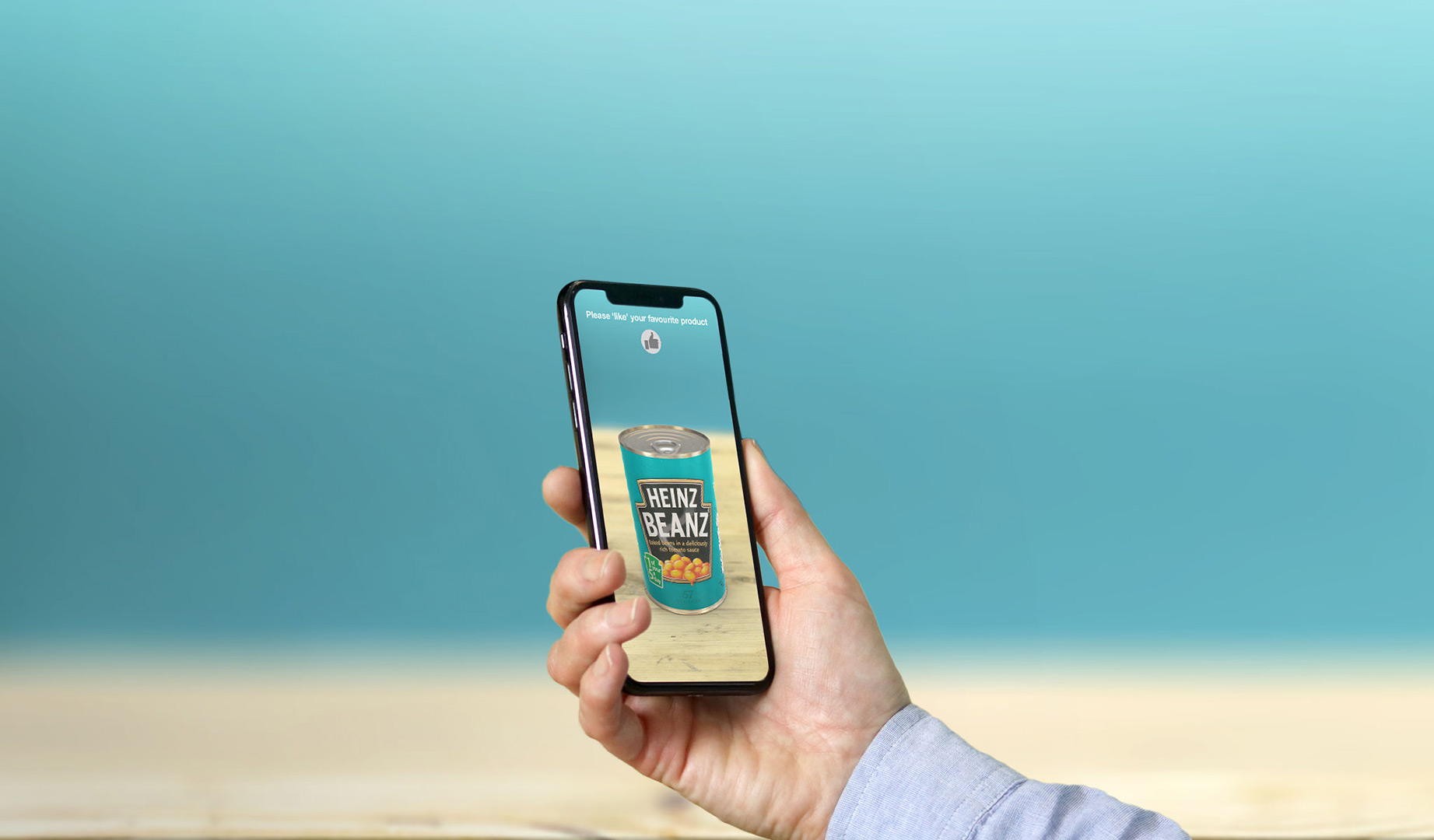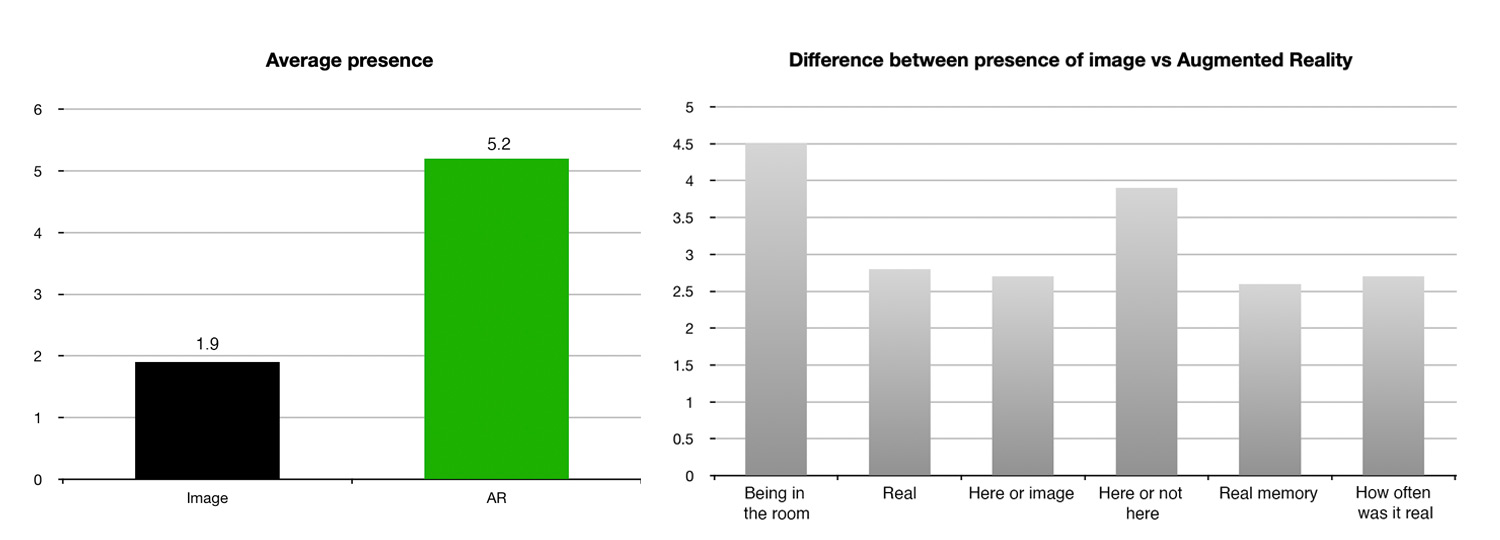Realistic qualitative stimuli at quantitative scale
Heinz, an iconic global brand with a 150 year history, was selected for a pioneering study into the sense of ‘presence’ which augmented reality (AR) creates compared to traditional consumer research methods. Numerous studies exist in virtual reality (VR) where the feeling of being present in a virtual location is well documented (Jerald 2016, Witmer and Singer 1998, Pan and Hamilton 2018 etc) however there was no systematic assessment on ‘presence’ in AR. This is particularly relevant to consumer research, where respondents are asked about new pack or product designs based on 2D flat images. The challenge in consumer research is: does the realism of prototypes impact the reliability of research results and therefore the sales of new products launched by brands like Heinz.
Challenge the traditional approach
To new pack and product testing.
Measure the relative difference
Between 2D images and 3D AR stimulus
Generate new empirical evidence
About AR and the sense of presence it creates.

AR products solution
We have pioneered AR products in the research industry to give respondents 3D stimulus which they can explore in real world context. Respondents place an AR 3D model of Heinz baked beans on a physical surface (coffee table, kitchen counter etc) and compare the pack design to AR 3D models of competitor products. Another cell were exposed to the same products although these were 2D images typically used in traditional research. The SUS questionnaire in the mobile experience (for both cells) provided comparative data between the standard method of presentation (i.e. 2D images) and augmented reality (i.e. 3D objects) to measure the level of presence between the two types of stimulus.
AR stimuli
Using respondent mobile phones to view 3D AR products.
2x 6 ANOVA mobile survey
Including sense of presence questions.
Ipsos fieldwork
Respondents accessed survey with their mobile.
Results
Respondents viewing augmented reality stimulus had an increased sense of presence i.e. the 3D Heinz product and their competitors looked real in the physical world. The mean data showed this sense of presence to be 174% more than respondents who saw the flat 2D images. Questions about whether the product was ‘in the room’ and ‘here with me’ were particularly pronounced as the AR packs were integrated into the physical environment e.g. 3D baked beans product on kitchen counter. In conclusion, AR has a measurable sense of presence (as per VR) and significantly increases the realism of products compared to traditional image-based research stimulus.
Over 400% more realistic
Compared to 2D images of the same products.
AR increases the reliability of research
With new product designs in real world context.
AR products
Proven as a research method with quantitative scale.

